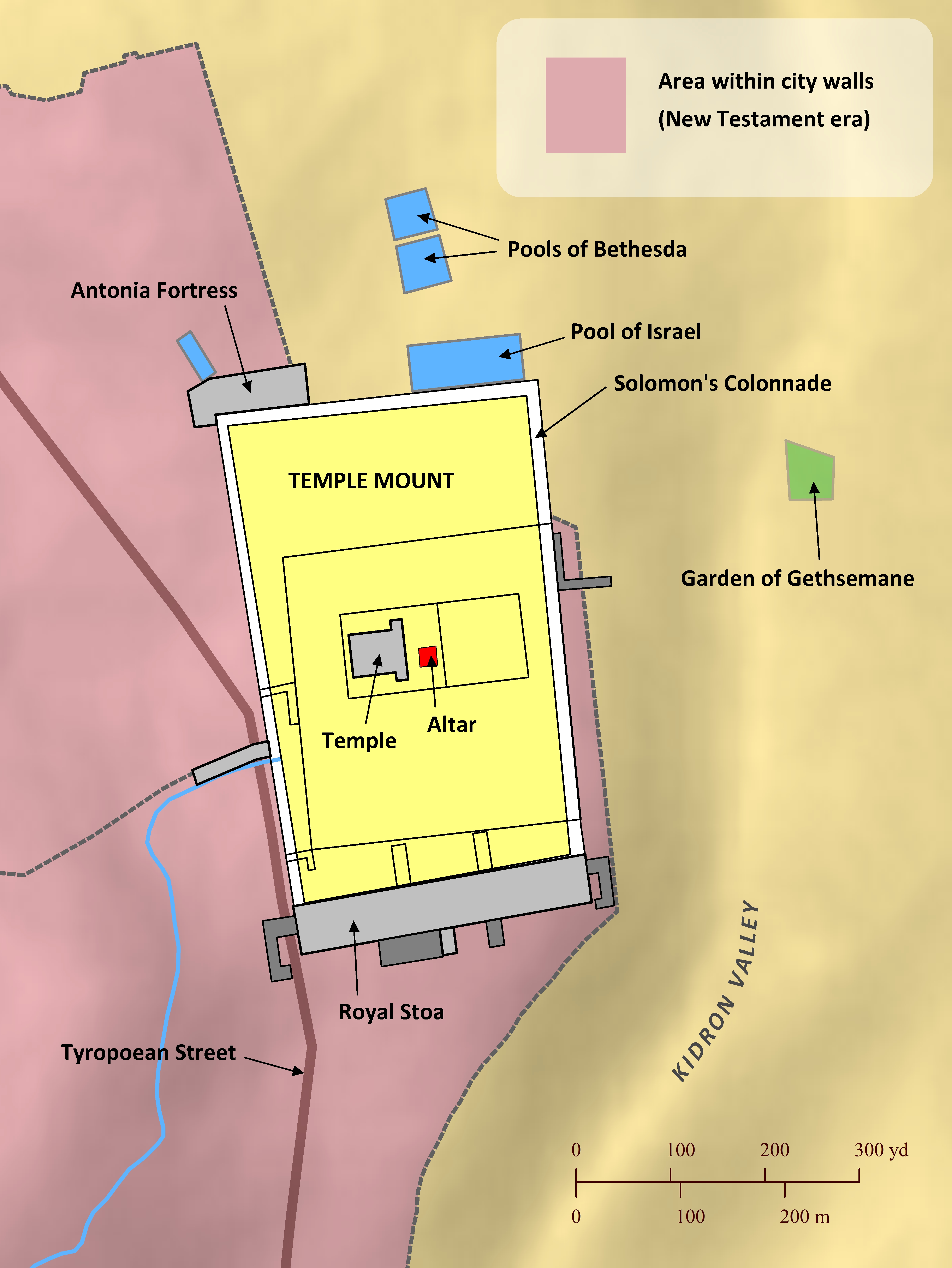OEB No OEB EZRA book available
WEBBE The children of Hashum, two hundred and twenty-three.
WMBB (Same as above)
NET the descendants of Hashum: 223;
LSV sons of Hashum, two hundred twenty-three;
FBV the sons of Hashum, 223;
T4T 223
LEB the descendants[fn] of Hashum, two hundred and twenty-three;
2:19 Or “sons”
BBE The children of Hashum, two hundred and twenty-three.
Moff the clan of Hashum, two hundred and twenty-three;
JPS The children of Hashum, two hundred twenty and three.
ASV The children of Hashum, two hundred twenty and three.
DRA The children of Hasum, two hundred twenty-three.
YLT Sons of Hashum, two hundred twenty and three.
Drby The children of Hashum, two hundred and twenty-three.
RV The children of Hashum, two hundred twenty and three.
SLT The sons of Hashum, two hundred twenty and three.
Wbstr The children of Hashum, two hundred twenty and three.
KJB-1769 The children of Hashum, two hundred twenty and three.
KJB-1611 The children of Hashum, two hundred twentie and three.
(Modernised spelling is same as from KJB-1769 above)
Bshps The children of Hasum, two hundred twentie and three.
(The children of Hasum, two hundred twenty and three.)
Gnva The sonnes of Hasshum, two hundreth and three and twentie:
(The sons of Hasshum, two hundredth and three and twenty: )
Cvdl the children of Hasum, two hundreth and thre and twentye:
(the children of Hasum, two hundredth and three and twentye:)
Wycl the sones of Asom, two hundrid and thre and thritti;
(the sons of Asom, two hundred and three and thritti;)
Luth der Kinder Hasum zweihundert und dreiundzwanzig;
(the/of_the children Hasum two-hundred and threeundtwenty;)
ClVg Filii Hasum, ducenti viginti tres.
(Children Hasum, two-hundred twenty three. )
RP-GNT No RP-GNT EZRA book available
2:1-70 This chapter is the first of Ezra’s major digressions from the main story line. The returning exiles needed to keep track of who the true Jews were so that the community could maintain its identity (by knowing whom they could marry) and theological purity (by knowing who could worship at the Temple). This list is not an initial list (cp. Neh 7:6-73) of all the Jews who returned to Jerusalem but a slightly later list (after Sheshbazzar had died) of people who had settled in their towns.
Note 1 topic: figures-of-speech / metaphor
בְּנֵ֣י חָשֻׁ֔ם
sons_of Ḩāshum
Here, sons means descendants. Alternate translation: [From the descendants of Hashum]
Note 2 topic: translate-names
חָשֻׁ֔ם
Ḩāshum
Hashum is the name of a man.

Temple of the Lord
The Temple of the Lord in Jerusalem, where all Israelite males were commanded to offer sacrifices to the Lord (Exodus 23:14-19; Deuteronomy 16:16-17), underwent several stages of reconstruction and development over hundreds of years. The first Temple was built by King Solomon to replace the aging Tabernacle, and it was constructed on a threshing floor on high ground on the north side of the city (2 Samuel 24; 1 Chronicles 21). Hundreds of years later King Hezekiah expanded the platform surrounding the Temple. When Jerusalem fell to the Babylonians in 586 B.C., the Temple was completely destroyed (2 Kings 25:1-21; 2 Chronicles 36:17-21; Jeremiah 39:1-10; 52:1-30). It was rebuilt in 515 B.C. after a group of Jews returned to Judea from exile in Babylon (Ezra 1:5-6:15; Nehemiah 7:5-65). Herod the Great completely rebuilt and expanded the Temple once again around 20 B.C., making it one of the largest temples in the Roman world. Jesus’ first believers often met together in Solomon’s Colonnade, a columned porch that encircled the Temple Mount, perhaps carrying on a tradition started by Jesus himself (John 10:23; Acts 3:11; 5:12). But Herod’s Temple did not last long: After many Jews revolted against Rome, the Romans eventually recaptured Jerusalem and destroyed the Temple in A.D. 70.